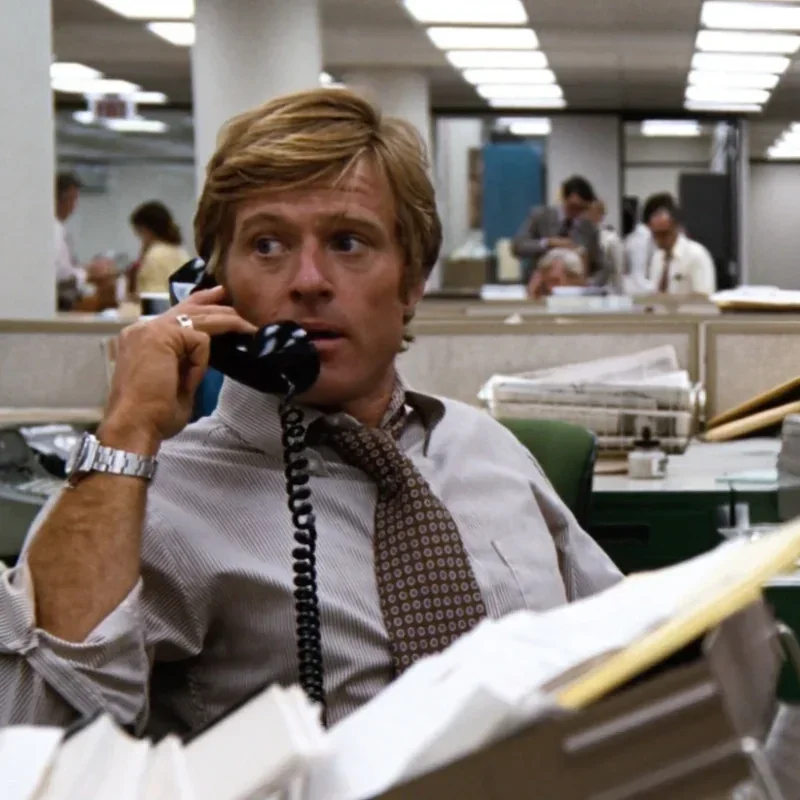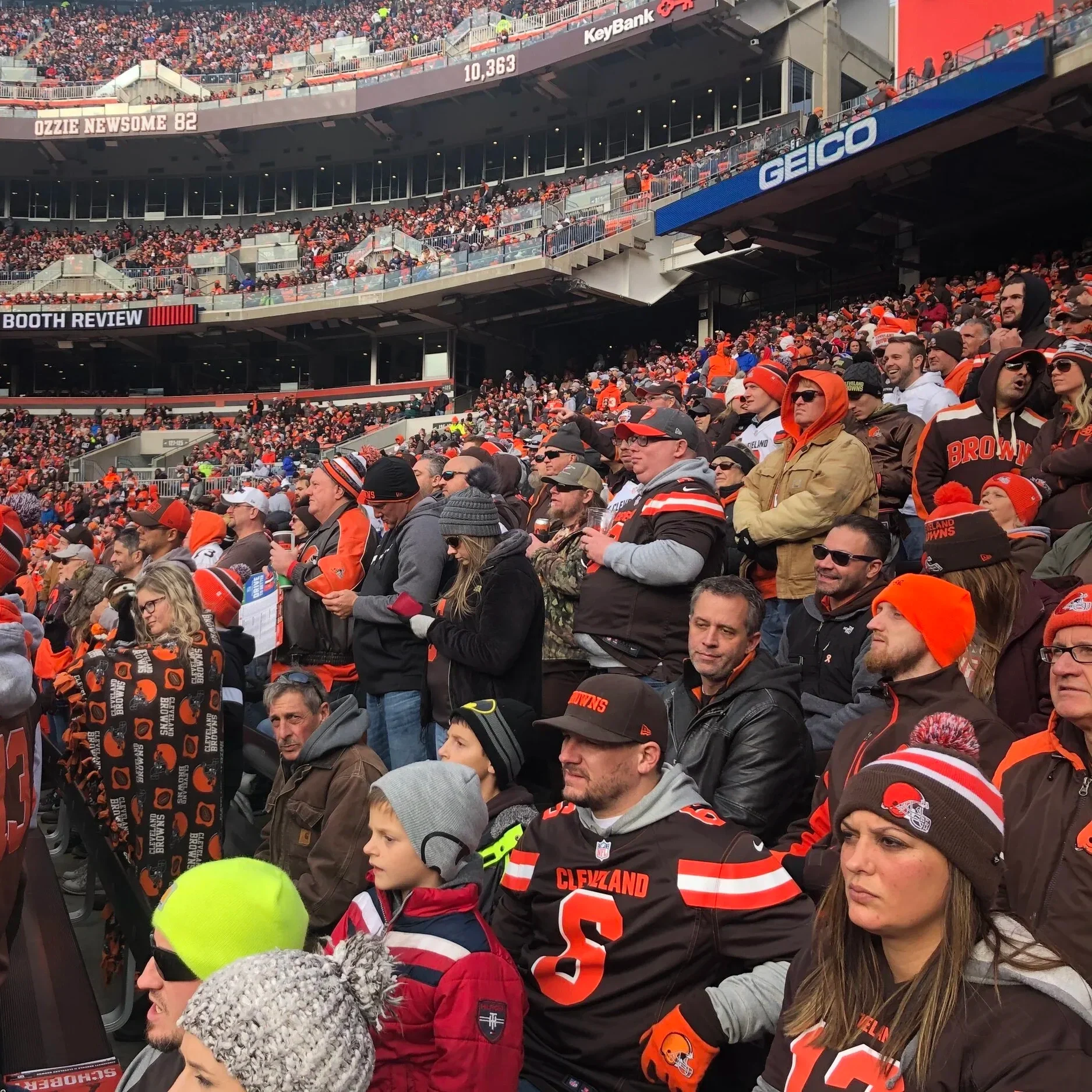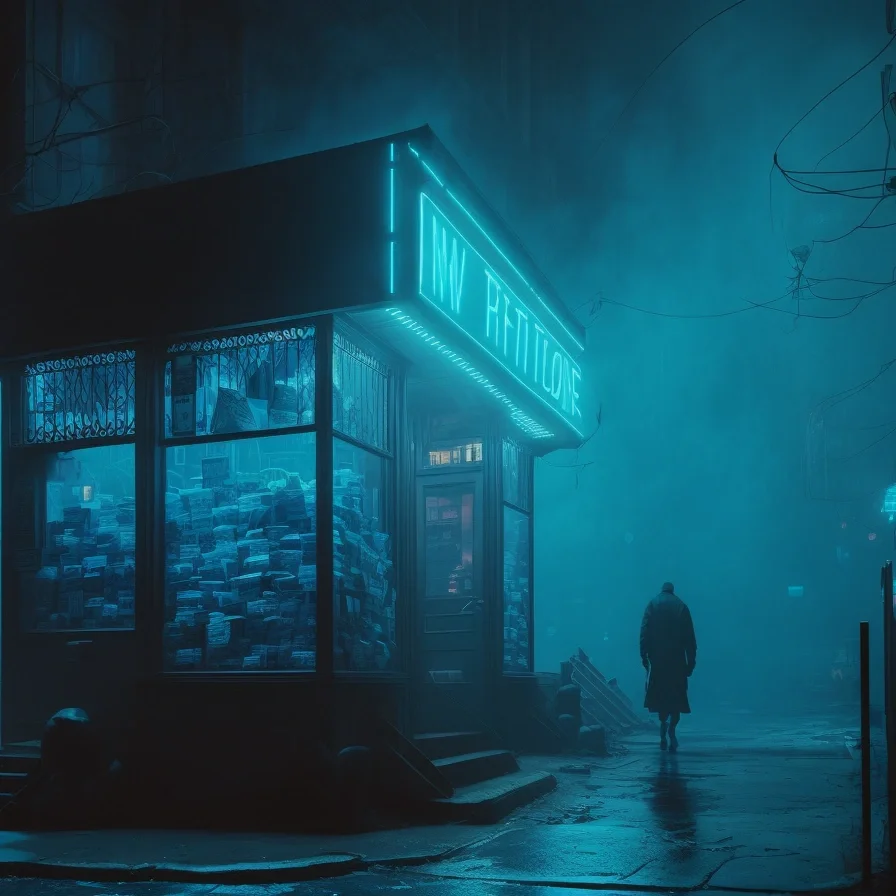The Archive Whisperer: Part Two
One of my guiltiest pleasures in life is the British soap opera EastEnders, which since it first started airing in 1985 now weighs in at almost 7,000 episodes. It’s highly illustrative of my love of stories which never end. Which never resolve themselves into neat conclusions, and often take their readers on inter-generational journeys as the story weaves in and out between place and plot, time and character. I love sprawling stories set in the real world, but which ever so slightly diverge into the uncanny at just the wrong moments. Those stories which stay with you long after the book goes back on the shelf or the credits roll. Those stories which are just believable enough to be grounded in the familiar, but just adjust something small, often unnoticed, in order to tell a more fantastic tale. I can often be found lost in the works of Jorge Luis Borges, Henry Darger, Stanley Kubrick or David Lynch.
My approach to The Archive Whisperer has been strongly informed by these ideas. All of the locations in New York are real. I’ve also set the story in the same world as my previous short story, Beware The Owls’ Herald, borrowing from my own previous work and braiding the two stories together in the context of hidden hands at work behind what’s happening to the city. With any world-building effort, it helps to visualize. Much of my story deals with the analog world of archival basements, the pre-technological written world, and ancient language. But all of the means of bringing the story to life take place very much in the present, with the use of generative artificial intelligence tools such as MidJourney, Speechify and ChatGPT4. This blend of old and new has been such a joy to work with. I’ve also included maps of the locations and populated them with excerpts, as well as brought elements of the story to a broader social audience on Instagram.
Noticing
The project here is more of a place I’ve stopped than a destination arrived. And the current state of The Archive Whisperer is more process artifact than polished submission. In writing it, I completely lost myself to the descriptions of characters, places and encounters, and rather than edit everything down and package it all into a form that’s neater and finished, want to leave the results of the flow state as they happened. I’ve edited for grammar and clarity, but I’ve not edited down as I might usually do. I’ve intentionally left the sprawling story exactly as that. Sprawling.
In particular the moments of joy during the process have been those opportunities to weave together things I’ve previously written about, and poke holes in the darkness of the story by connecting disparate elements together. Those moments when the reader realizes that two of the characters are related. The moments we realize who is in the same place at the same time. And those moments when previously unrelated elements appear to converge, however briefly. I have become fascinated by the shape of those intersections in evolving the story. The moment when we realize that Eleanor Sterling is descended from Samuel Locke. The moment where we understand that Somerset and Silas Pembroke know each other. Why Henry Worthington’s daughter has disappeared. And the moments we realize the small bronze plaques we see on Central Park benches are not what they seem.
All of this sounds like it was deliberately mapped out in advance. It wasn’t. There was no premeditative preparatory mind map for this, although it often feels as if there should have been. I didn’t want it to have a plan. I just wanted to lose myself to the craft of writing the story as it came, rather than look to execute on a set of steps I’d already thought about. This of course comes with its own hurdles as I try to keep the story on track as I write it, but those moments where the story diverges into historical account or detailed description of object have been truly wonderful to lose myself to. I have become fascinated by the details. The details are what bring the world to life, however much they may pause the narrative. My story exists within a world, but the world was here first.
In writing The Archive Whisperer, I have felt the possibility of what it might feel like to write more consciously every day, and I can easily imagine a Henry Darger-esque existence where I just continue writing this in perpetuity. I might just do that.
Note: What follows are a few remaining pieces connected to the story I wrote after I had written my process statement and elements of noticing. I felt it important to spend some time with Alice and Somerset in particular, and round their relationship out more as protagonists. And while I very deliberately want to leave the story as open-ended as possible with the cliff hanger in the archive, I also offer some thoughts on what happens after they hear the knock at the door.
Act 5: Alice Faraday
Alice Faraday loved her work as a librarian in one of New York’s prominent archival institutions. It didn’t pay much, and every year it seemed like the pay got smaller while the bills got bigger. But the time she spent indulging her deep love of old books and her ability to satisfy her intense curiosity about the way the world worked was more than enough compensation. Her days were mainly engaged in cataloging and managing the library’s collection, which was often monotonous and laborious, with many days just slipping between nine and five without anything happening at all. But in that monotony Alice began to notice patterns. Her academic background in mathematics had equipped her with the eyesight and insight to be able to spot what others could not. She began to see repeated patterns in the numerical symbols and cryptic marginal notes of the ancient books she handled. She began to wonder if there were connections between these symbols from which we might solve a lost equation. That in the darkness of the archives there was an ancient illuminating switch just waiting to be flicked. She dealt in truth, not speculation, and it was always hard for her to bridge the two. The scientist in her had brought her up to believe that whatever she first thought always defaulted to wrong. She loved the application of old language, and reveled in dropping it into conversation with her friends on the rare nights she allowed herself some time away from the books.
Alice first met William Somerset on November 5th, 2014. They’d seen each other many times, especially as attendance at the library had dwindled as the grip of Google on the world’s information grew stronger. On crisp fall days, Alice liked to eat her lunch on the steps outside the library, choosing to shun the meager lunchroom which always seemed to smell like burned popcorn and expired yoghurt. For Alice is was always leftovers. She was never much of a cook, but she loved takeout, and thankfully she lived in the best city in the world for such a lifestyle. Her weakness was for any food which had been left overnight. She’d buy a fresh pizza, eat one slice and put the rest in the refrigerator, asserting that cold morning-after pizza was far superior to its warmed ancestor. She felt the same way about sesame chicken. About yellowtail sushi. And especially about her favorite, spring rolls from her local restaurant, Han Dynasty on 85th. She’d been going there late at night ever since she’d first moved to the city, and over time the owners had taken Alice under their wing. They’d often give her whatever was left at the end of the night, or generous enough portions far exceeding the price. It’s almost as if they knew she wanted to eat it all tomorrow.
Somerset by contrast loved the city’s food trucks. Over the decades he’d worked as a detective in Manhattan, he’d built a network of eyes and ears on every corner, and knew many of the undocumented owners personally. Lunch was often an opportunity to check in on the unspoken surveillance these carts offered. In exchange for their noticing and generous portions, they were afforded a blind eye by the cops who frequented them. Somerset’s particular weakness was Tony’s on 62nd and Madison, outside the Hermes flagship store. It was so ingrained into the fabric of the intersection that it was difficult to imagine a time when Tony hadn’t been there. A favorite of both Madison Avenue’s ladies who lunch and local laborers, Tony had been serving lamb gyros and chicken souvlaki for decades. Over time Somerset wouldn’t even need to order. They’d spot him in the line, and just get his order ready. Cash only. And at three each afternoon, the cart vanished as fast as it had appeared.
Act 5: William Somerset
So as Alice tucked into her cold lo mein, and Somerset his third chicken gyro of the week, they began to acknowledge each other as regulars on the steps of the New Amsterdam library. She told him about her work inside, and over time, about her life outside. He told her about what life in retirement felt like, and what life outside of the force had taken from him. Over time she helped him find old records of immigrant ships arriving into New York in the late eighteenth century. He helped her with small jobs around her apartment. They became unlikely friends, but they were soon to become even more unlikely participants in a story far bigger than either of them could have possibly imagined.
Somerset often felt as if he’d seen it all. In an almost forty year career as a New York City officer, he’d seen the best and worst of what humanity had to offer. He’d seen deprivation and despair. But he’d also seen hope and heroism. Over the years he’d lost many colleagues who’d grown to be good friends taken before their time. He’d learned to survive by compartmentalizing his work and his life, something many of those around him were unable to do. In particular he had a fondness for the city’s secrets. The cold cases no-one else wanted but whose answers often lay at the bottom of the city’s archives. He wasn’t a conspiracy theorist, but he did often wonder what was behind the locked door of the Herald Square monument. He wasn’t a family guy, much as he had tried to be over the years since the disappearance of his beloved Emily. He wasn’t the hard-boiled cop of the movies either. He was just a curious old retiree with time on his hands and a vivid imagination for solving puzzles. His days of chasing down the city’s criminals were long gone, but he had an enormous network of whisperers eager to share with him what they knew. Once a sleuth, always a sleuth.
Act 6: The Tenebrae Custodia’s Hidden Subway Station
The abandoned subway station at Sedgwick Avenue in The Bronx had passed from truth to rumor, and eventually into myth since its retirement from active service in 1958. When in use, it had been a critical transit intersection between Yankee Stadium and the Mets’ stadium at the Old Polo Grounds further south on the northeast corner of Central Park, and inadvertently christened the local rivalry The Subway Series. But now it served more mysterious uses. Above ground, residents would often complain of hearing subterranean screams. Many initially thought the noises were either the vermin all New Yorkers come to live with, or the distant screams of passing subways echoing through the tunnels. But too often the screams just seemed all too… human. Men with long beards and shaved heads would be seen in the neighborhood, and then again a week later seemingly covered in strange markings and changed by something which had happened to them. It was rumored that the old station was being used by a cult, which was more ghost story used to spook local kids’ racing curiosities than reality. It was rumored that these men used the disused tunnels to spend time in the city’s subterranean archives further south.
Alice and William often passed the old Sedgwick station when they ventured north into the Bronx to visit one of William’s favorite food trucks. They noticed a small bronze plaque with strange markings, and the symbols of an owl sat on a moon above five stars on what looked like a permanently closed metal door and wondered what might be inside. Despite all of Somerset’s whispers, no-one knew, and no-one wanted to know. They had all been warned off since childhood. Just don’t go there. But Alice had seen these symbols before. She’d seen them on the monument’s door in Herald Square, but she’d also seen them in the book she was helping Somerset with about eighteenth century arrivals from the old world. Might they be connected somehow? Was something from the past calling out to them?
Author’s Note & Epilogue
Alice and William are onto something. What that something is becomes something the reader is often one step ahead of. The reader feels as if they are solving the clues before the protagonists, and where everyone is seeking light in the darkness. Sometimes Alice causes us to re-evaluate our conclusions about the past. Sometimes Somerset finds something which turns our assumptions upside down. Sometimes we are willing both of them on to the next book in the library. But through it all, the very real places across New York become intimately woven together with threads of historical fact and invented myth. They borrow from real language, ancient and forgotten language, and the language which only makes sense in our heads. Who are the Tenebrae Custodia and what do they want? Are Alice and William playing with fire? What really happened to Silas and Emily?
The Archive Whisperer, like all good myths, is a temporary stop on a map which extends in dozens of sprawling directions. There’s much more to be written about The Custodia and if it ever existed. About Samuel Locke / Dr. Daniel Sterling’s rise to power in the early nineteenth century. And especially about the multitude of individual codices which offer the very light in the darkness we all seek. I hope in spending some time in this world, it will spark curiosity in you next time you visit New York. My advice to you as you move from place to place is simple… look up.
















































